Please keep in mind the following when selecting a right car battery:
1. Make sure to choose the correct battery size: It is crucial to select the right battery size that matches your vehicle’s requirements and the BCI Group size. This ensures a smooth installation process.
2. Check the minimum Cold Cranking Amps (CCA) for your car: Verify the minimum CCA rating needed for your vehicle and never use a battery with a lower CCA than recommended by the manufacturer. This ensures a smooth start, especially in cold weather.
3. Select the appropriate battery type for your vehicle: Choose between a flooded lead-acid battery or an AGM battery based on your vehicle’s power needs and features. it is recommended to choose an AGM battery for optimal performance.
4. Considerations for upgrades: If your vehicle originally came with a flooded battery, upgrading to an AGM battery is possible. However, if your vehicle is equipped with an AGM battery, do not switch to a flooded battery.
5. If you don’t know the model of your battery, you can measure the size of the battery, take a picture of the battery’s appearance, and provide us with the following information of your car: year, maker, model, configuration, and displacement. We will help you to confirm which battery is suitable for your car.
What to Consider When Buying a Car Battery for Cold Weather:
Each of these common problems can be checked to determine if it’s the cause of your issue, or at least to rule it out.
1, Check that your battery has sufficient voltage. A battery test with a multimeter should show around 12.8~13.0 volts for a fully charged battery. And verify that your terminals are clean and tight.
2, Inspect the fuses and relays. You’ll also need to check if your positive cable is connected to the positive terminal, and the same for the negative. If you’ve reversed the polarity accidentally, there will certainly be something burnt or damaged, and you’ll almost always have some sort of significant repair necessary, from a bad alternator or blown onboard computer to burnt wiring and connectors.
3, Use a scan tool to check and clear codes. When the Check Engine Light comes on, you can use an OBD-II scan tool to check which codes are present. If the light has only come on since the battery was installed, clear the codes and keep driving, keeping an eye out to see if the light returns.
4, Press the unlock or disarm button on the alarm. If the siren is going off or the horn honking, often all you need to do is press the button to make it stop. If you don’t have a remote, turn the ignition key in the driver’s door lock, and that sometimes disarms it too.
5, Test for a draw after the car’s electronics have gone to sleep. There should be less than 50 mA present.
For newer cars, find out if the battery needs to be registered to your car. Battery registration is most common for vehicles that require EFB and AGM batteries, but not always. It might be a process you can do yourself, but there are cases where only a dealer’s software can do it.
$113.70
Out of stock
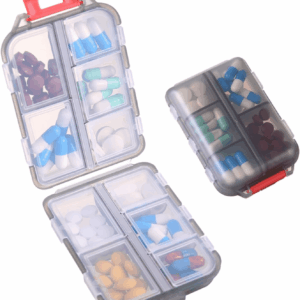
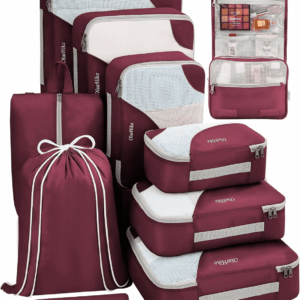

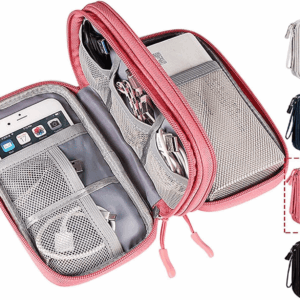


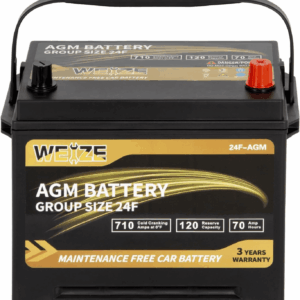
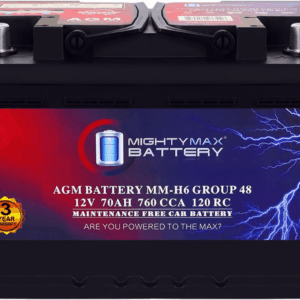
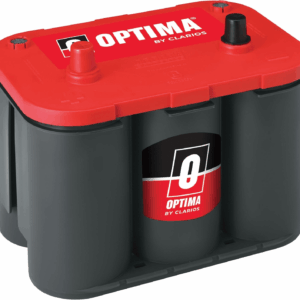
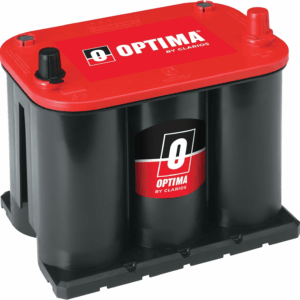
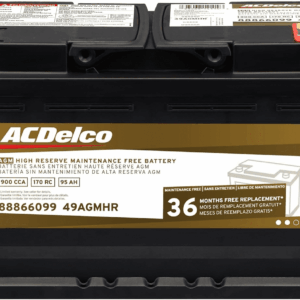
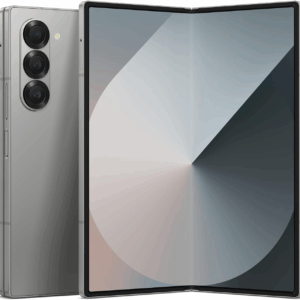
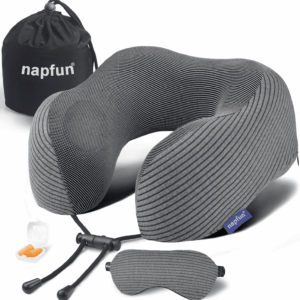


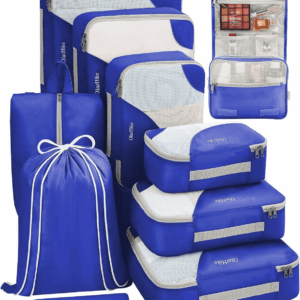

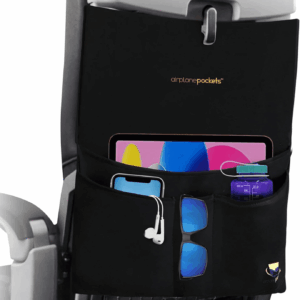

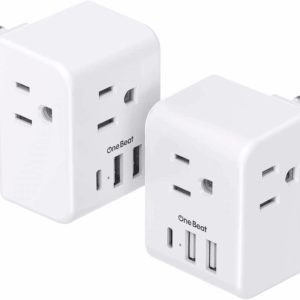
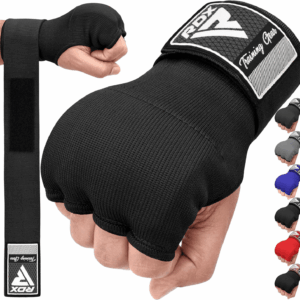


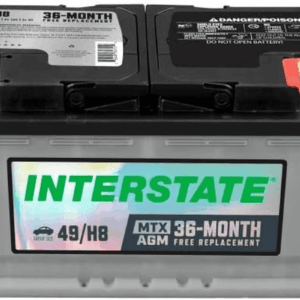
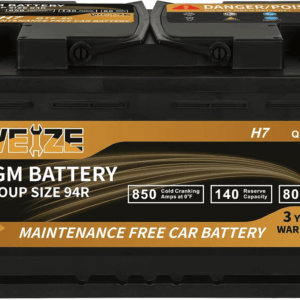

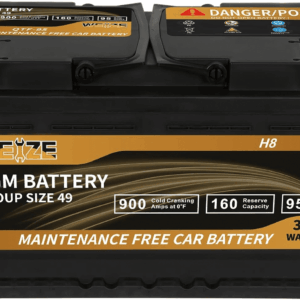

Reviews
There are no reviews yet.